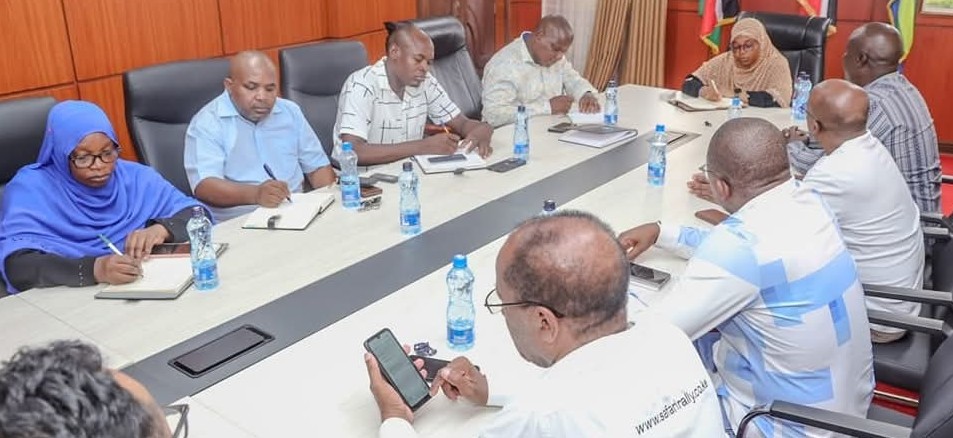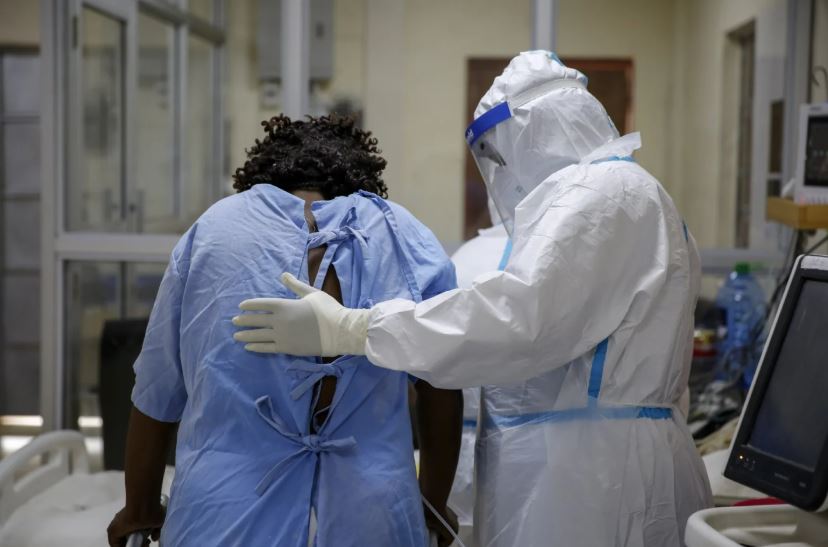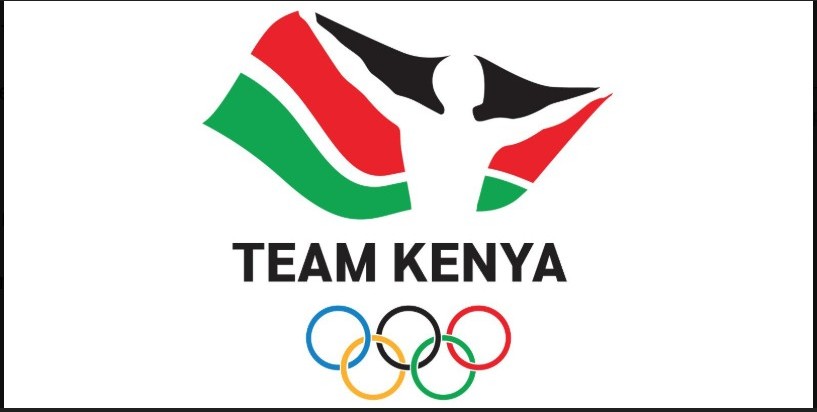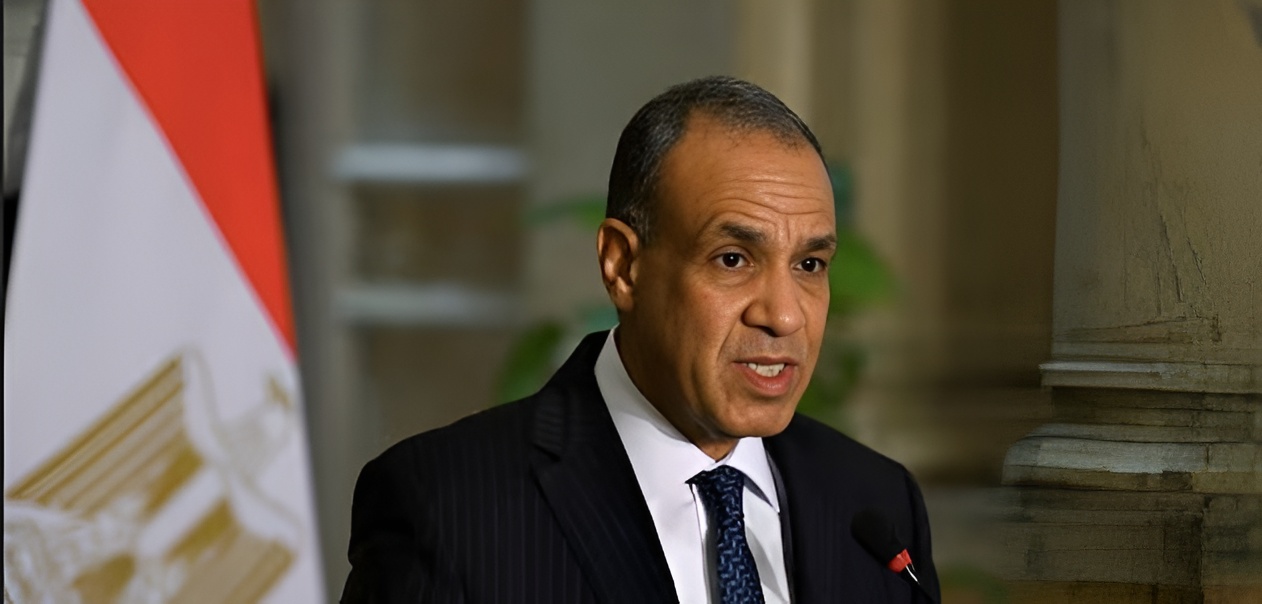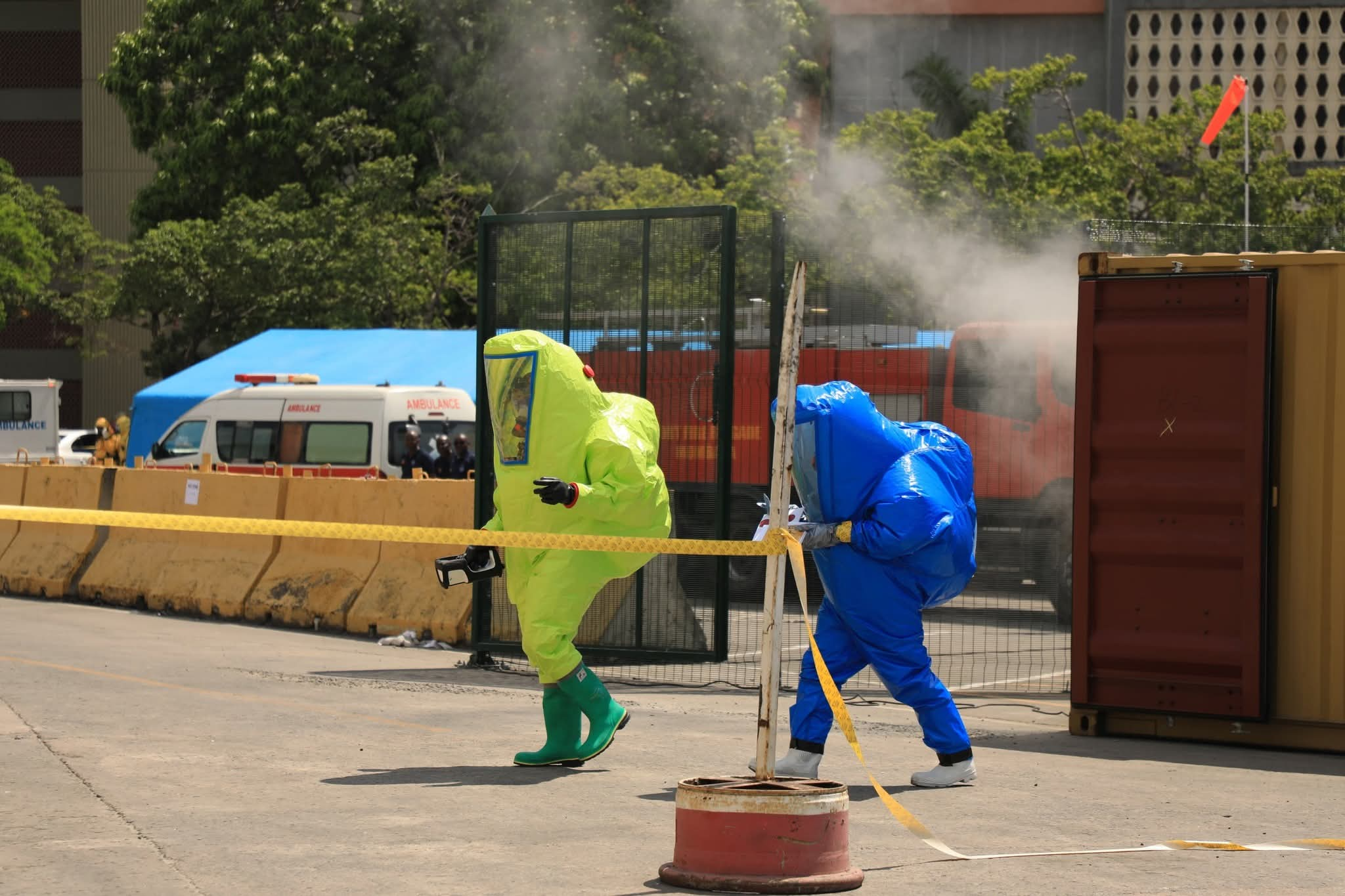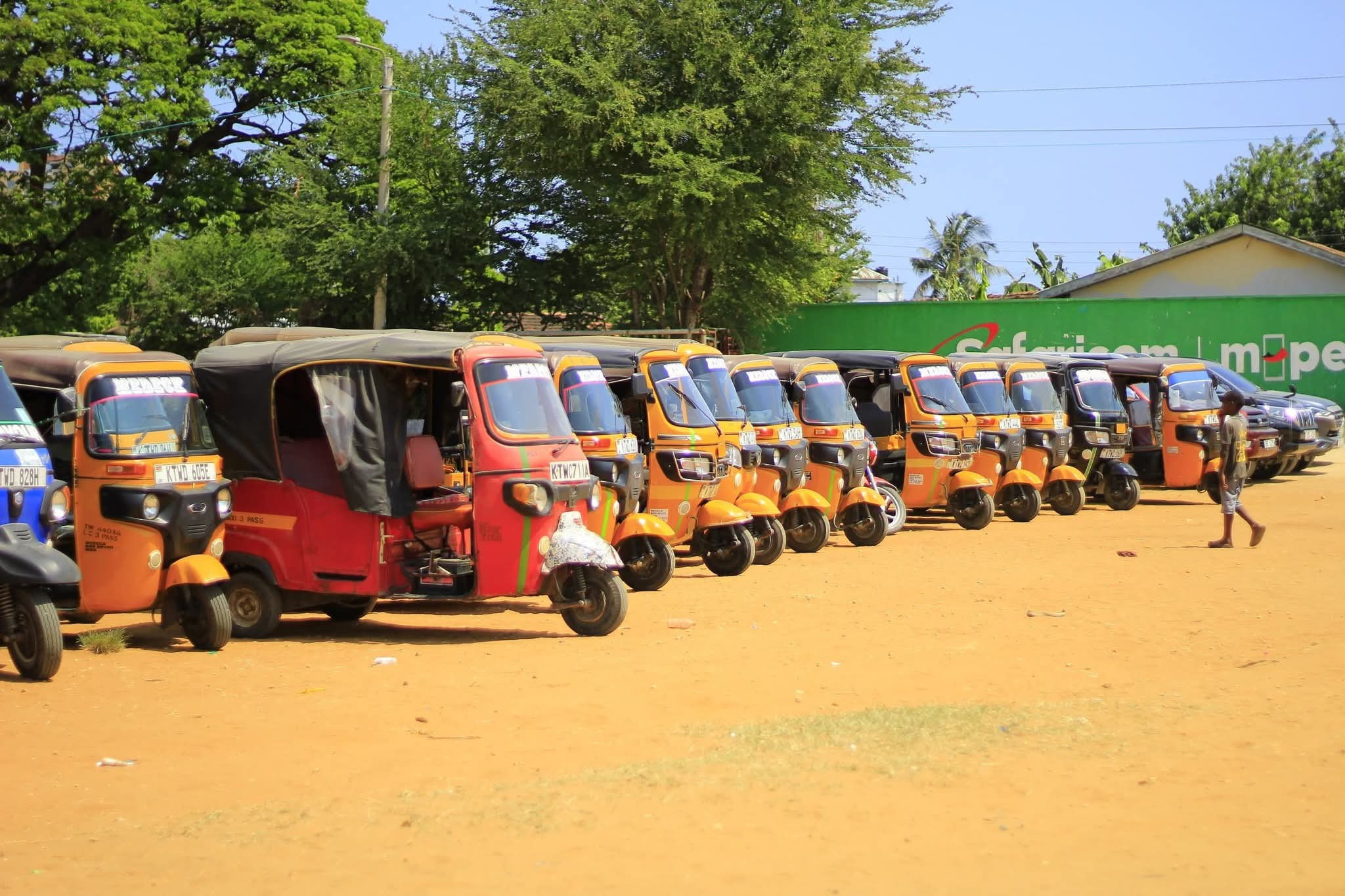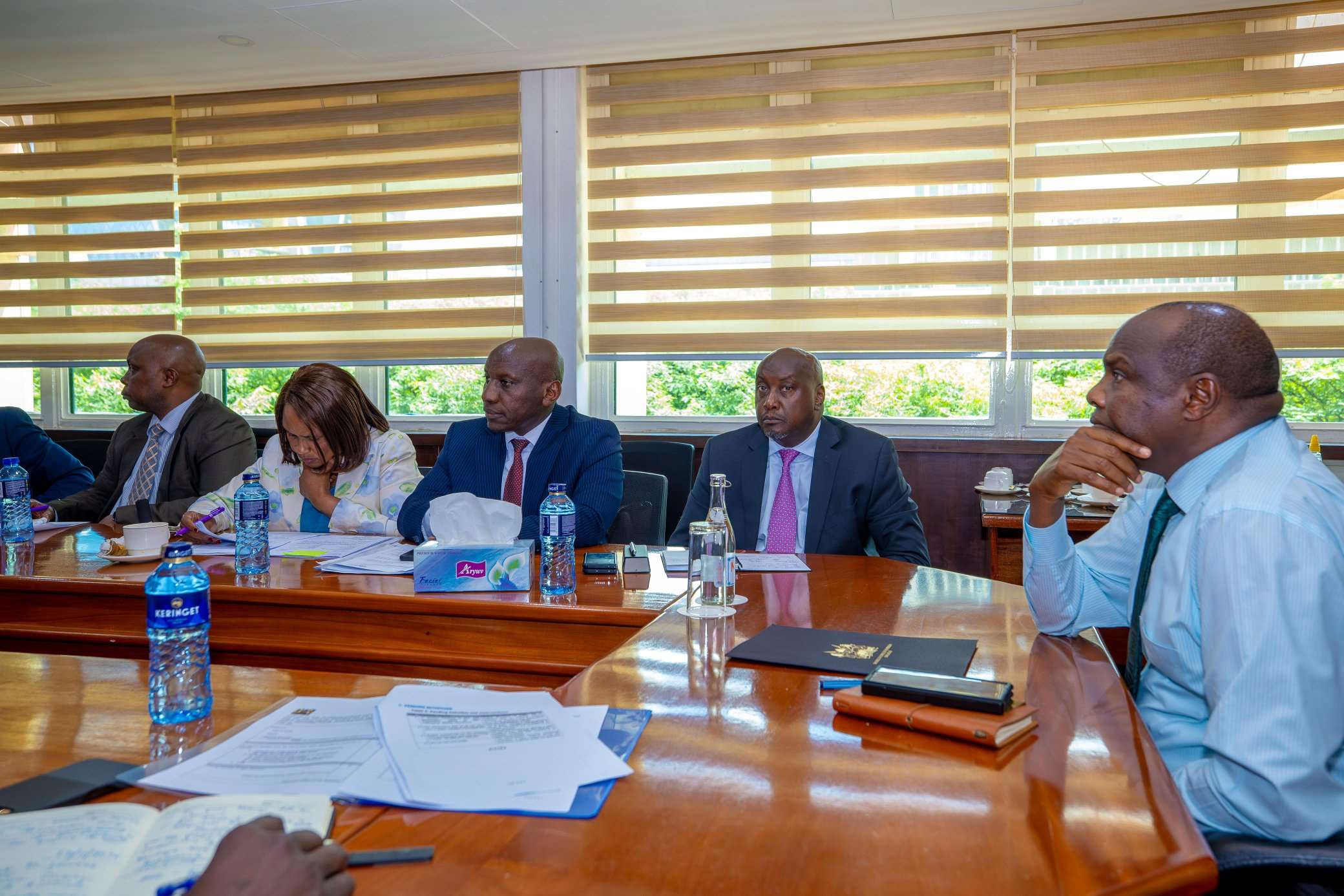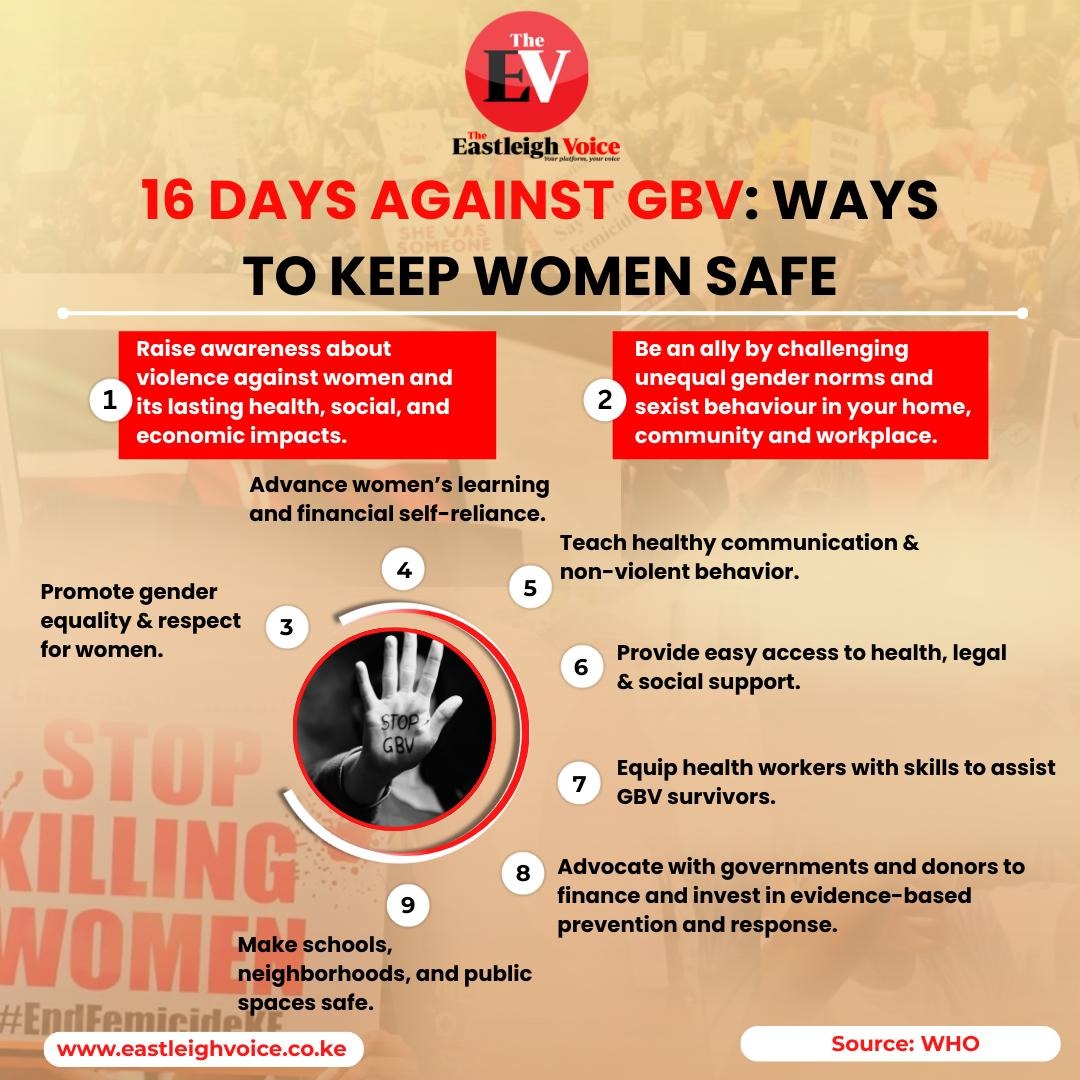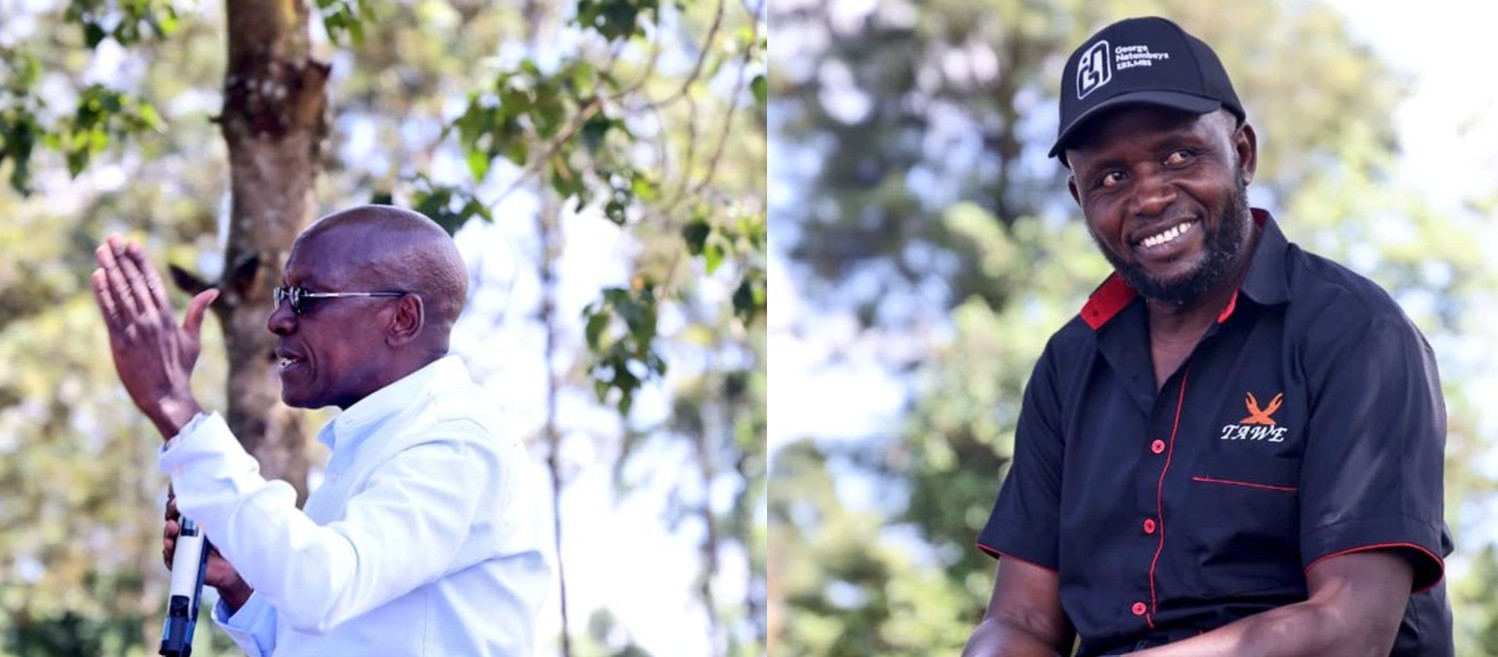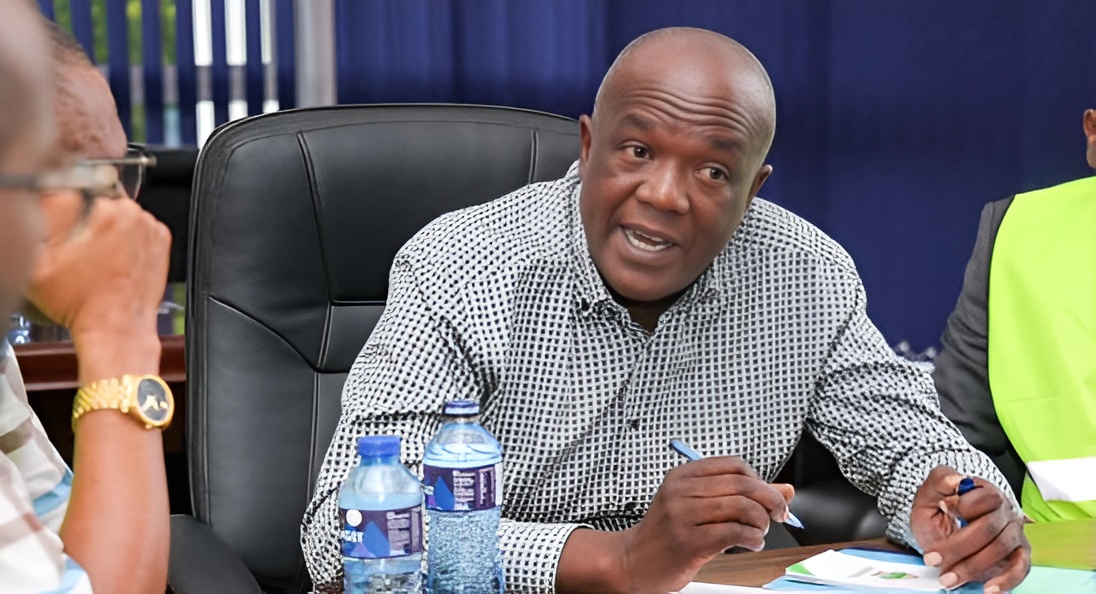How Sakaja plans to tackle traffic congestion in City with new enforcement unit
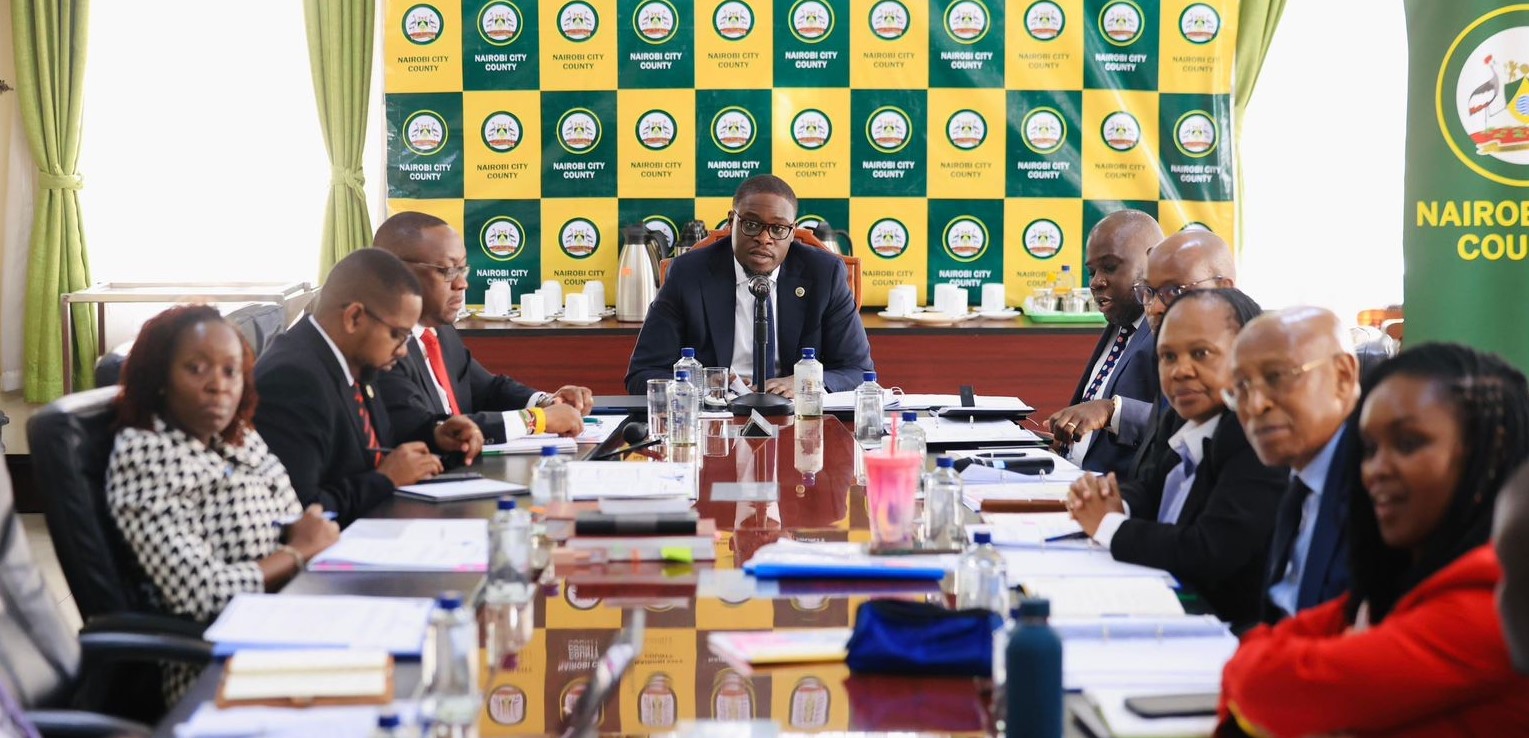
Traffic jams in Nairobi are now estimated to cost the Kenyan economy Sh100 billion every year, which would translate to about Sh11 million per hour.
In a bid to address Nairobi's persistent traffic congestion and streamline transport operations, the Nairobi City County government has established the Mobility Enforcement Unit (MEU).
Approved by Governor Johnson Sakaja’s Cabinet, the new unit aims to enforce transport regulations, eliminate illegal parking, and improve overall traffic flow across the city.
More To Read
- Motion filed to force Nairobi contractors to repair damaged roads
- Tarmacking of 18th Street in Eastleigh South begins, completion expected next week
- City Hall targets matatu chaos with new operating rules
- Why Nairobi MCAs are proposing licensing of mkokoteni, trolleys
- Traffic chaos in Nairobi CBD resolved after meeting between matatu operators, hawkers
- Senate proposes new regulations to streamline Kenya's boda boda sector
The unit will implement key provisions of the Nairobi City County Transport Act, 2020, with a focus on centralising enforcement in the Mobility and Works Sector.
Speaking during the Cabinet meeting on Tuesday, Sakaja outlined the unit's importance.
"It will centralise the regulation of public road transport, motorcycle operations (boda bodas and tuk-tuks), traffic management and parking," he said.
The unit will feature four specialised divisions — the Public Transport Unit, Traffic Marshal Unit, Motorcycle Transport Unit and County Parking Unit.
Each will handle specific aspects of transport management, from regulating public service vehicles and managing congestion hotspots to ensuring compliance by boda boda operators and addressing illegal parking practices.
"The Public Transport Unit will be responsible for regulating matatus and other public service vehicles to ensure compliance with traffic laws, while the Traffic Marshal Unit will manage traffic flow and congestion hotspots," Sakaja explained.
He added that the Motorcycle Transport Unit will oversee safe and compliant operations of boda bodas and tuk-tuks, while the County Parking Unit will tackle illegal parking and improve access to designated spaces.
The initiative will not require additional taxpayer funding as it will utilise existing county resources to enhance operational efficiency.
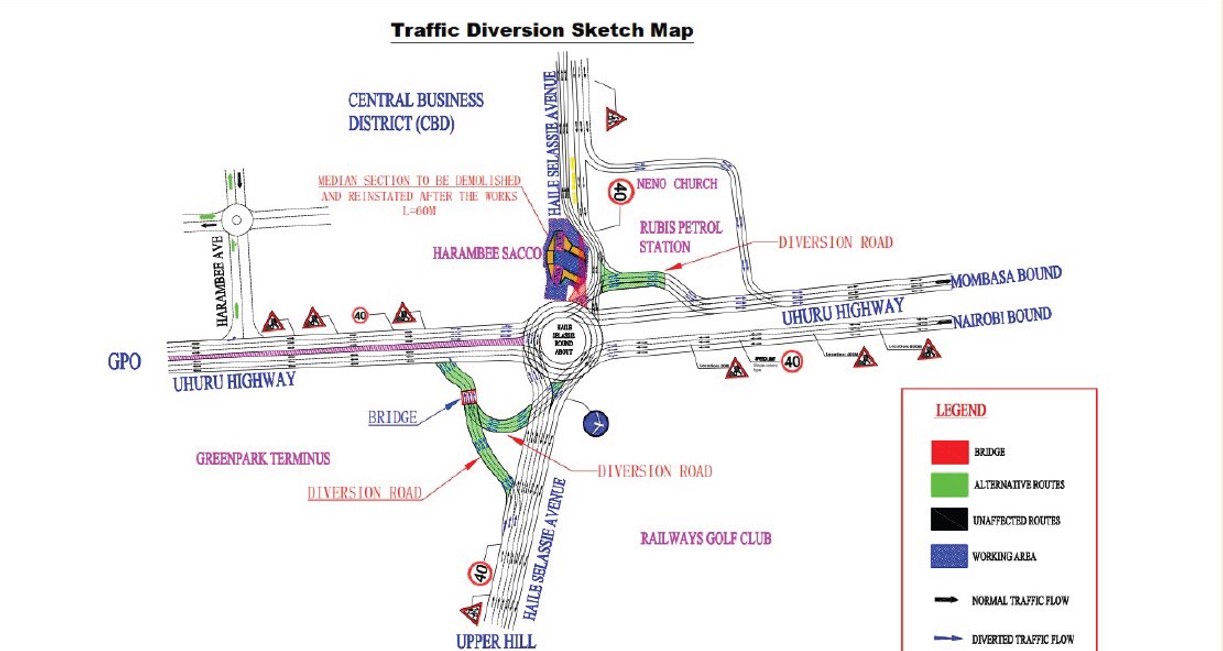 A sketch map by KeNHA showing the traffic management plan during the disruption at the Haile Selassie roundabout on Uhuru Highway between November 28, 2024 and January 17, 2025. (Photo: KeNHA)
A sketch map by KeNHA showing the traffic management plan during the disruption at the Haile Selassie roundabout on Uhuru Highway between November 28, 2024 and January 17, 2025. (Photo: KeNHA)
Improve urban mobility
To ensure its success, 360 enforcement officers will be deployed to support the MEU's operations, reinforcing efforts to address Nairobi's long-standing transport challenges and improve urban mobility.
Traffic jams in Nairobi are now estimated to cost the Kenyan economy Sh100 billion every year, which would translate to about Sh11 million per hour.
To ease up the traffic, the government in 2021 embarked on various projects, that when completed, will be a game changer for the capital and its five million residents
Other Topics To Read
Informal settlements in Nairobi have suffered from poor road network making accessibility of critical services and other essentials a severe challenge.
This has led to difficulties in emergency and disaster response, including fire outbreaks and other emergency services hampered by inaccessibility
In February, the government embarked on a project that would open up the slums by building access roads.
The project was implemented by the Kenya Urban Roads Authority for Sh5.8 billion which saw 408. 44km of roads set up to carbo or bitumen standards.
The upgrading of 408.44km of roads included 70km in Mukuru, Dagoretti-30km, Kawangware-22.6km, Kangemi-41km, Kibera-22.8km, Korogocho-13.6km and Mathare-18.2km.
The project was a game changer in the slums that have suffered from poor road networks making accessibility of critical services easier.
Amidst the Covid-19 pandemic, the government also embarked on a project which was set to end the much-experienced traffic jam along Mombasa Road and Waiyaki Way.
The Expressway project is a 27.1km road project beginning from Mlolongo through the Jomo Kenyatta International Airport and Nairobi's CBD to Westland's area along Waiyaki Way.
When construction started on Mombasa Road and Waiyaki Way, motorists spent hours on the road due to traffic jams caused by the diversions.
This showed the intensity of the project which costs Sh72 billion that is a purely public-private partnership with no debt incurred by the government.
China Communications Construction Company, the parent firm of China Road and Bridge Corporation, was the one funding and building the highway.
Initially, the project was to take four years but the government shortened it to two years, with contractors working 24 hours on site.
The dualling of the 16km Western Bypass was also done.
The 15.3km road passes through several towns which include Gitaru, Wangige, Ndenderu and Ruaka, and was the fourth and final ring road in the Nairobi Ring Road Network Masterplan.
The project works included the construction of about 17.31km of service roads and the construction of seven-grade interchanges at Gitaru, Lower Kabete, Wangige, Kihara, Ndenderu, Rumenye and Ruaka.
This meant that if one was coming from Thika, one would go through Muthaiga, then through Red Hill, join the Bypass at Ruaka, and then go towards the west without having to go through the city centre.
Eastern Bypass dual carriageway
Construction works were also undertaken to upgrade the 28km Eastern Bypass to a dual carriageway.
The project was expected to ease traffic along the busy Eastern Bypass, which serves the eastern side of Nairobi and diverts traffic from the city centre.
At a cost of Sh12.5 billion, the dualling of the bypass made some sections have four lanes and others six.
The Eastern Bypass starts at City Cabanas along Mombasa Road, linking motorists through Ruai towards Ruiru, passing over Thika Road to Ruaka where it joins the Northern Bypass.
The Nairobi Eastern bypass dualling project was among 11 major infrastructure initiatives Kenya showcased to international investors during the Belt and Road forum in Beijing in May 2017
Northern Bypass is described to be one of the Kenyan government's major infrastructure projects aimed at making the country a regional business hub.
The 31-km bypass starts from Ruaka trading centre along Limuru Road, and overpasses Banana Road through Runda and Thome estates. It then proceeds to Kahawa West and eventually to Ruiru through Kamae, where it joins the Eastern Bypass.
Despite all these road upgrades, Nairobi still experiences heavy traffic flow, especially within the CBD and on roads leading into and out of the city centre.
Top Stories Today

